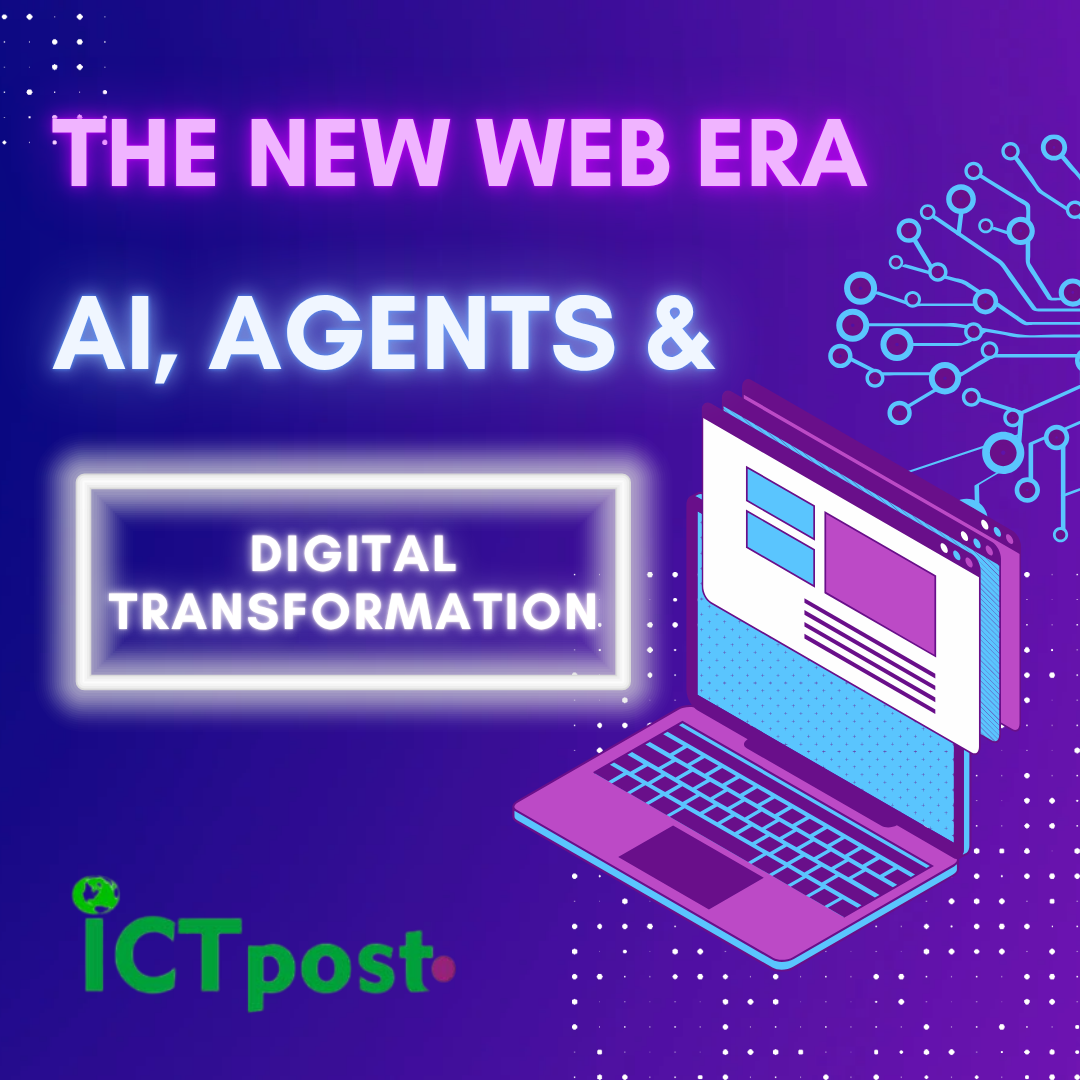ICTpost Governance Bureau
Amid rising costs, a challenging economy and an explosion in Web-based data, IT experts expect continued high growth in Cloud Computing. Cloud Computing saves energy and operating costs by pooling IT resources, scaling up or down as needed, and putting computer power to use, rather than drawing energy while remaining idle. According to Info-Tech Research Group, most computer servers run full time, but are used at only 10 to 20 percent of capacity.
Over the next decade Cloud Computing will transform how IT is purchased, sourced and provisioned, according to the research firm IDC. Companies use the advanced technologies that Cloud Computing offers to exchange digital information around the world, and across a variety of devices. Companies are able to quickly deploy new applications and meet peak workloads without adding to existing infrastructure. Its autonomic features can be applied to predict harmful events, such as overheating or unbalanced workloads, and take corrective actions. These are all advantages for companies under pressure to save time, and money and maintain a complex IT infrastructure while keeping their primary focus on the business.
Public or external cloud-based services, which receive most of the media attention, are available from a third-party service provider, via the Internet. The term public does not always mean free. Some are fairly inexpensive to use, and frequently companies pay vendors per use. Cloud Computing platforms can also be private, however, and hybrid architectures integrate both private and public platforms.
At its most basic, Cloud Computing is both a business model and a user experience. It is an approach to a shared IT infrastructure in which large pools of computer systems are linked together to provide IT services. It meets the high-performance demands of the dynamic Web in which massive amounts of information is processed in split seconds. For IT users, Cloud Computing offers fast access to diverse types of information regardless of the type of device they are using. Issues of security and governance that Cloud Computing raises are typically addressed through service-level agreements (SLA) with providers. Companies tend to avoid ceding too much control to an outside vendor, and want assurances that the cloud services will be up and running 24/7, 365 days.
Companies need to maintain the security of their data. Some data may not be permitted to leave an enterprise, or a specific geographic location. Therefore, it is essential to evaluate which workloads can be sourced through public clouds and which kept in-house and delivered through private clouds. A strategy working for some companies is to begin with private Cloud Computing solutions in order to evaluate results in a controlled environment.
Private clouds remain behind firewalls in order to maintain privacy and security. Companies are able to establish security protocols, carefully monitoring the levels of access to the information available for exchange. Access can be limited to internal networks, such as employees, then evaluated before being expanded to other limited networks, for example, business partners. Private clouds can be managed without network bandwidth restrictions, security exposure and regulatory compliance issues of public clouds. With either private or public clouds, companies need to begin with trusted, secure foundations in order to build the most secure, efficient, and resilient cloud services platform; beginning with the underlying infrastructure is a better strategy for long-term success, especially if there is a need to integrate public and private clouds in the future.
Right now, companies may find the best strategy is opting for cloud services that are interoperable and based on open technologies.
Reaping the advantages of Cloud Computing means learning how best to use cloud platforms for individual business needs. Tasks well suited to clouds include: data-intensive workloads, particularly where the data is Internet-based and of a similar data format, such as, search; workloads that do not require long-term capacity.
While large enterprises leverage public clouds to host parts of their IT, they often require their own infrastructure due to security, resiliency, or governmental regulations, which standardised offerings can not provide. Opting for private Cloud Computing allows them to manage their own requirements.
In a hybrid arrangement, a private cloud enables the secure use of public clouds; for example, employees access public cloud services through a private cloud rather than directly.
Whether public, private or hybrid, a major driver of Cloud Computing is the need for companies to get new ideas, products and services to market faster, and continually innovate to meet global competition. Cloud Computing delivers more advanced technology within a simpler, cost effective infrastructure. It creates a flexible, robust infrastructure to serve the needs of today’s economy where knowledge flows to countries and regions wherever IT infrastructures are reliable and responsive.








